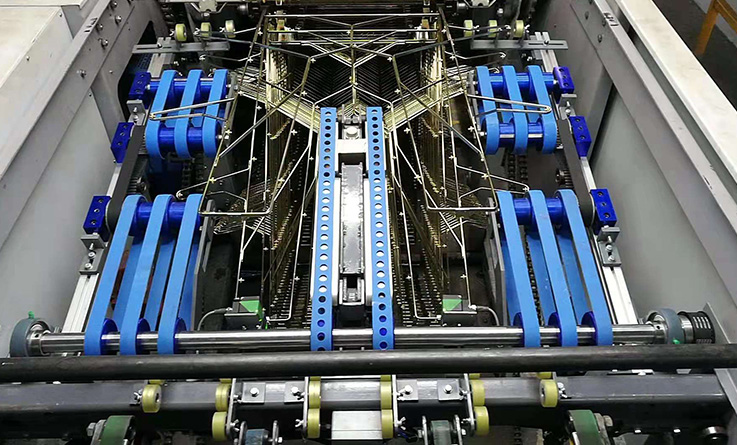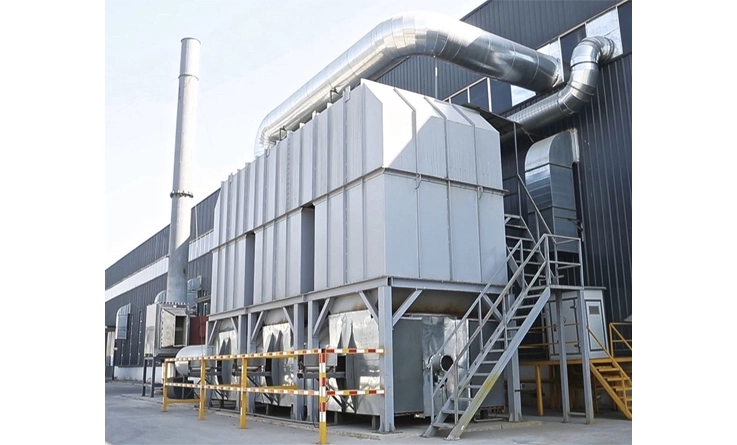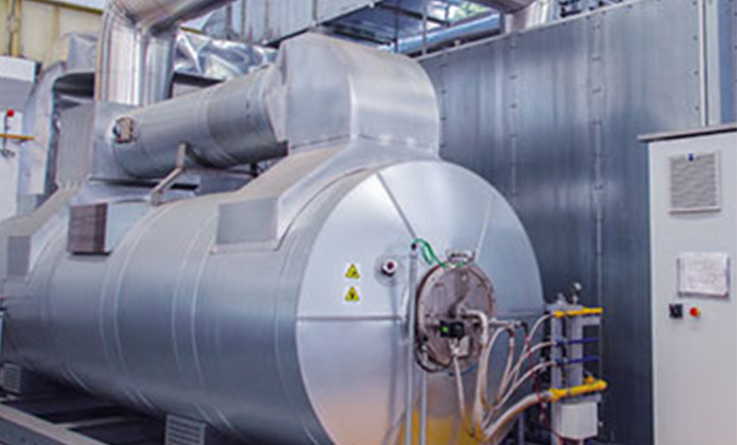Tinplate printing coatings are mainly composed of film-forming materials, pigments, drying agents, auxiliary agents, solvents, etc. They can be divided into internal coating, external coating and varnish coating according to the coating method and effect. They provide a good protection for the ink layer and increase the brightness of the image, making the product have a good metallic color. At the same time, coatings for food cans can effectively prevent chemical and biological pollution of the contents, reduce the possibility of leakage, protect the original flavor and color of the food, extend the shelf life, and make it easy to pour the contents out of the container.
1. Good tinplate primer coatings
Primer coatings are essential in the tinplate surface printing process. They mainly improve the adhesion of the tinplate surface, so that the ink can be firmly adsorbed on the tinplate surface. When the tinplate is bent, impacted, stretched, or rolled, the ink coating layer is not easily damaged or peeled off.
Therefore, as a coating, it is required to have good wetting and adsorption properties on the metal surface, and high mechanical strength after drying and film formation. Resins such as alcohols and acids and epoxies have good adhesion and impact resistance due to their molecular structure.
2. Advanced coating technology for tinplate printing
In addition to having good primer coatings, advanced coating technology is also essential to obtain high-quality primer coatings.
High-quality coatings are those that require a layer of thick and uniform coating with good flow and smooth surface on the tinplate surface. The coating thickness should be controlled at about 1.5-2g/m2.
If the coating is too thin, the covering power, wear resistance, adsorption, gloss and other properties cannot meet the requirements. If the tinplate printing coating layer is too thick, it will cause shrinkage stress, affect the adhesion, and at the same time, it will increase the cost and may cause incomplete hardening, which will affect the quality.
The control of the coating process by the tinplate printing machine mainly depends on the speed and stability of the coating machine, the uniformity of the coating supply, and the temperature of the baking. This depends largely on the advanced level of the coating technology, the accuracy and degree of automation of the coating equipment.
3. The influence of viscosity of tinplate printing coatings
In addition to performance advantages of coatings and advanced coating technology, the viscosity of the coatings also has a great impact on the uniformity of the coating thickness of the tinplate coatings, making it important to control.
Under the same other conditions, coatings with different viscosities will have different coating thicknesses. The higher the viscosity, the thicker the coating of the same amount of supplied paint will be. This will improve the protective performance of the coating but reduce the mechanical processing performance. It can easily cause curing defects, inadequate adhesion, and cracking or peeling of the coating layer. At the same time, the flowability of the tinplate printing coating is reduced, and the coating is unevenly applied, making it easy to appear wrinkles and other defects. Conversely, the lower the viscosity, the thinner the coating thickness, and the poorer the wear resistance and adsorption properties.
Therefore, whether the viscosity of the coating is too high or too low will affect the quality of the coating. The control of the viscosity of the coating mainly depends on the addition of diluents. At the same time, changes in environmental temperature will also cause changes in the viscosity of the coating, with viscosity decreasing as temperature rises and increasing as temperature falls.

 English
English français
français Deutsch
Deutsch Español
Español italiano
italiano русский
русский العربية
العربية tiếng việt
tiếng việt Türkçe
Türkçe فارسی
فارسی magyar
magyar Ελλάδα
Ελλάδα Burmese
Burmese


